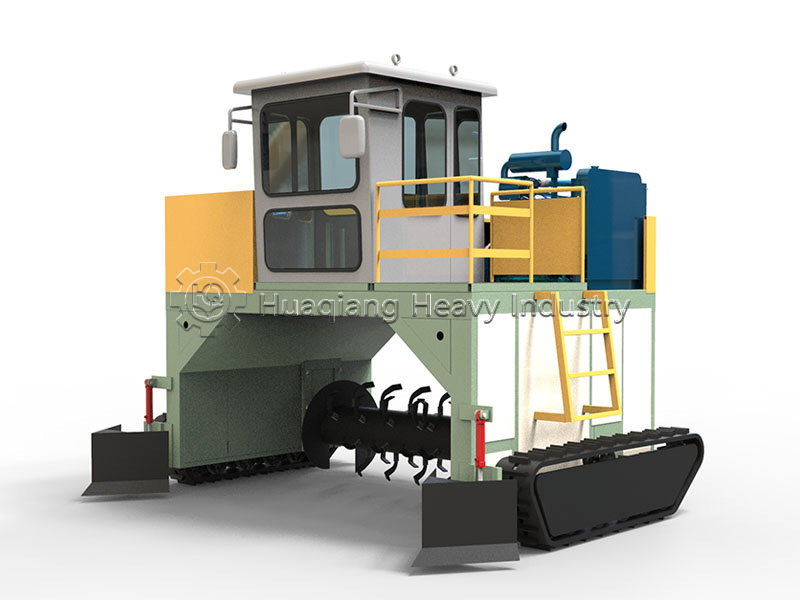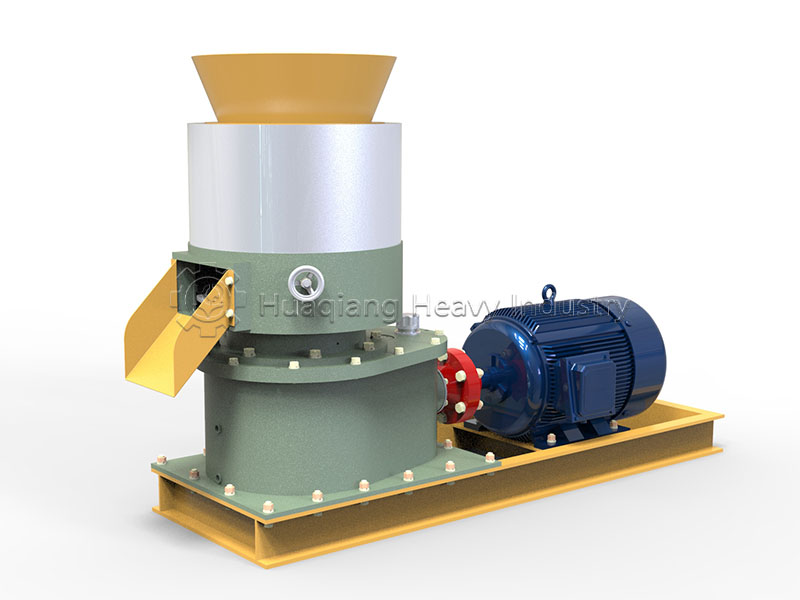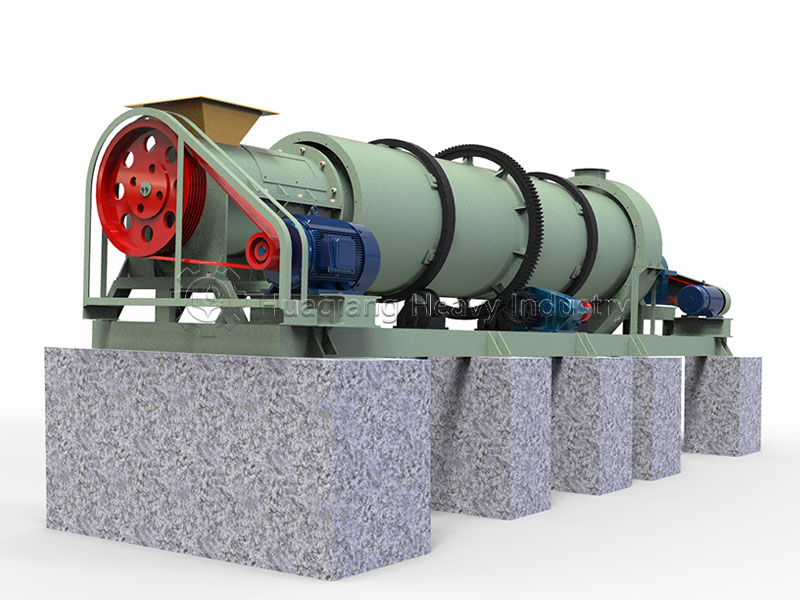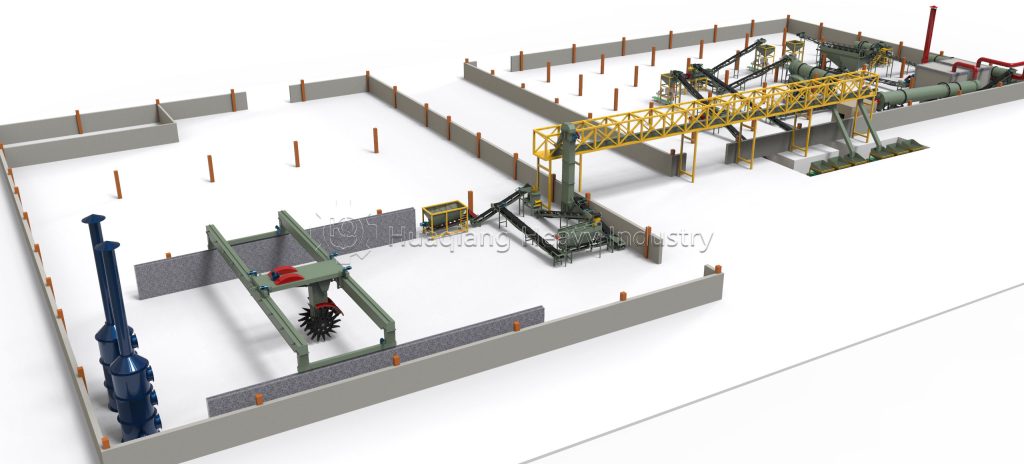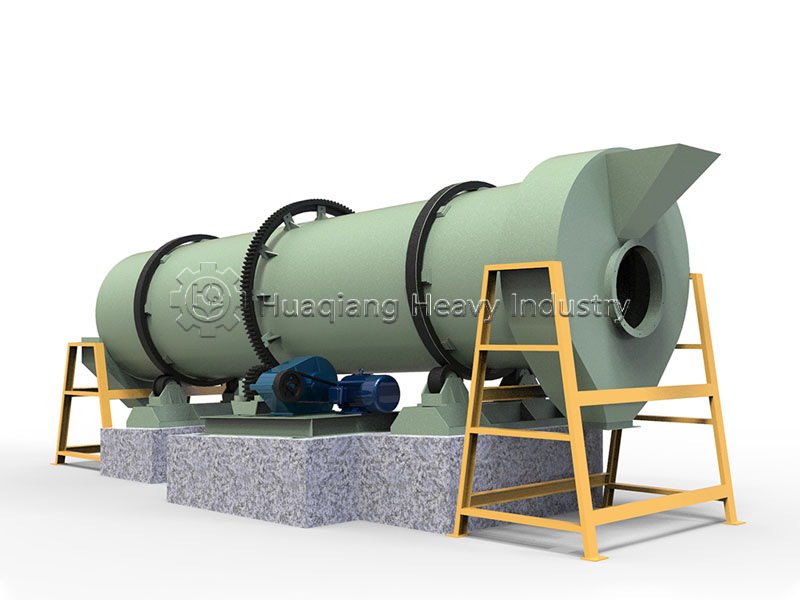Equipment Overview
Gas/Oil Hot Air Stove is an industrial heating equipment that uses fuels such as natural gas, liquefied petroleum gas, and diesel to generate high-temperature hot air. As an essential equipment for the drying process in fertilizer production lines, it is widely used in industries including food processing, chemical industry, textiles, wood drying, painting, and printing. It provides a stable heat source for production processes, promoting material drying, heating, solidification, and other processes.
Core Structure and Components
Main Components:
- Burner:Responsible for fuel combustion, generating high-temperature flames, with design directly affecting heating efficiency and combustion stability
- Heat Exchanger:Facilitates heat exchange between high-temperature flue gas from combustion and air, crucial for thermal efficiency and equipment lifespan
- Blower:Sends air into the heat exchanger and delivers heated hot air to usage points
- Fuel Supply System:Includes fuel storage, transportation, metering, and control devices to ensure stable fuel supply
- Control System:Monitors and adjusts operating parameters through temperature sensors, pressure sensors, etc.
- Safety Protection System:Equipped with multiple safety devices including overheating protection and shutdown protection
Working Principle
Fuel is burned in the combustion chamber through the burner, producing high-temperature flames. The high-temperature flue gas generated by combustion passes through the heat exchanger and exchanges heat with the air sent by the blower, transferring heat to the air to produce hot air. The hot air is then transported to production processes requiring heating or drying. The entire process is precisely regulated through the control system to meet different process requirements.
Equipment Advantages
High Efficiency and Energy Saving
Advanced combustion technology and heat exchange design ensure high thermal efficiency and low fuel consumption, significantly reducing operating costs.
Rapid Heating
Capable of quickly generating high-temperature hot air, meeting the needs of rapid heating or drying processes, improving production efficiency.
Easy Operation
Automated control system simplifies operation procedures, facilitates parameter adjustment, and adapts to different process conditions.
Safe and Reliable
Multiple safety protection measures, including overheating protection and fuel leakage detection, ensure safe equipment operation.
Environmentally Friendly with Low Emissions
Uses clean fuels and low-nitrogen combustion technology to reduce harmful gas emissions, meeting environmental requirements.
Application Prospects
With the continuous improvement of industrial automation and increasingly stringent environmental requirements, gas hot air stoves have broad application prospects in the industrial heating field due to their advantages of high efficiency, environmental protection, and safety. Particularly in industries with high requirements for heat source quality such as fertilizer production and food processing, gas hot air stoves will continue to play an important role, providing reliable thermal energy solutions for industrial production.
Integrating Thermal Systems in Modern Fertilizer Production
The Gas/Oil Hot Air Stove serves as a critical thermal engine within comprehensive fertilizer manufacturing systems, providing the essential drying capacity required across various fertilizer granulation processes. In complete npk fertilizer production line configurations, this heating equipment works synergistically with granulation technologies like the disc granulator and double roller press granulator to ensure optimal moisture control in final products. The thermal efficiency of these stoves directly impacts the performance of downstream fertilizer equipment throughout the production cycle.
Similarly, in organic fertilizer production line setups, hot air stoves provide crucial drying support after materials have been processed by windrow composting machine units and before granulation in disc granulator machine systems. The integrated approach extends to bio organic fertilizer production line operations where precise temperature control ensures microbial viability while achieving product dryness specifications. For operations utilizing disc granulation production line technology, the consistent heat supply enables continuous production flow and uniform product quality.
From supporting npk blending machine operations to complementing windrow machine processing, these thermal systems form an indispensable component of modern fertilizer equipment arrays. As part of complete npk fertilizer line solutions, gas hot air stoves ensure that every fertilizer granulator operates at peak efficiency, demonstrating how thermal management integrates with mechanical processes to create comprehensive fertilizer manufacturing solutions.


